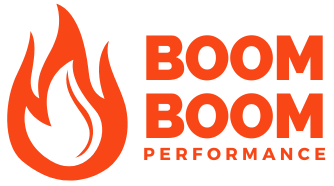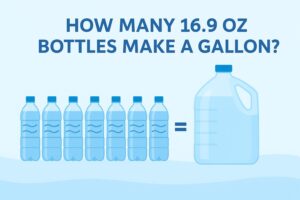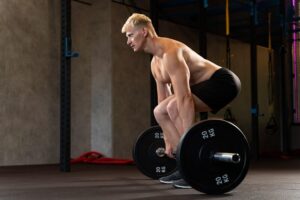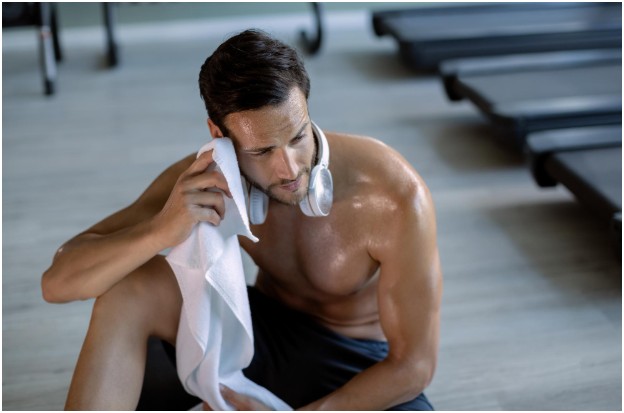
We’ve all been there: a tough workout session, beads of sweat dripping down your face as you push through those last few reps. You feel the burn, and you start wondering, “Am I burning more calories just because I’m sweating?”
It’s a question that’s crossed my mind more than once during a high-intensity interval training (HIIT) session or after a good run.
But the truth is, as much as we associate sweat with a good calorie burn, the relationship between sweating and calorie expenditure isn’t exactly what we think.
It’s time to bust the myth and take a closer look at how our bodies work when we sweat and whether it really does lead to more calories burned.
Let’s take a deeper dive into the science of sweating, how it affects our workouts, and what really matters when it comes to burning calories.
What Exactly is Sweating and Why Does It Happen?

Before we get into the calories part, let’s talk about sweat itself. Sweating, also known as perspiration, is a natural process that helps regulate our body temperature. When you exercise or experience heat, your body produces sweat as a cooling mechanism.
Essentially, when your body gets too hot, sweat is released through sweat glands to cool you down as it evaporates from your skin.
But here’s the thing: sweating doesn’t mean you’re necessarily burning more calories. The calories burned during exercise are related to how hard your body is working, not how much you sweat.
Does Sweating Burn Calories?
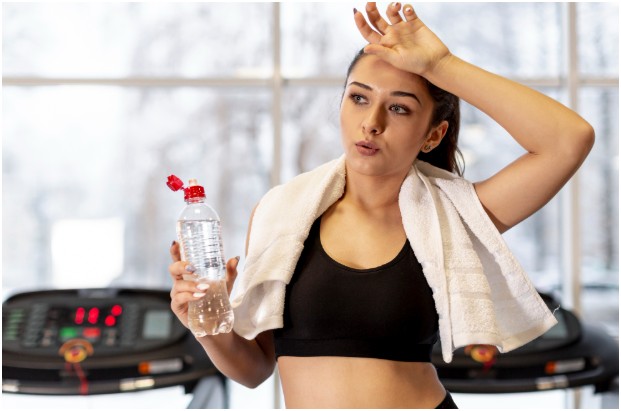
It’s common to think that the more you sweat, the more calories you’re burning, but that’s not entirely true. The amount you sweat is more closely linked to your body’s efforts to regulate its temperature, not the energy expenditure itself.
When you sweat, you’re simply losing water, and it’s the workout or physical activity that’s really responsible for burning calories.
For example, running or lifting weights increases your heart rate, boosts metabolism, and stimulates the calorie-burning process. Whether you sweat a little or a lot doesn’t necessarily affect how many calories you burn during those activities.
So, in simple terms: sweating doesn’t burn calories, but your workout sure does.
Can Sweat Be an Indicator of a Good Workout?

While sweat itself doesn’t burn calories, it can indicate that you’re working hard enough to get your heart rate up, which means your body is burning calories.
Think of it this way: during intense activities like hot yoga, HIIT, or running, your body is working overtime to cool down. This is when you start sweating the most.
But just because you’re sweating buckets doesn’t mean you’re burning more fat. A good workout burns calories through sustained effort, not necessarily through sweat alone. It’s the intensity and duration of your activity that matter most when it comes to weight loss and muscle gain.
How Does Sweat Impact Weight Loss?
If you’ve ever heard the term “water weight,” you probably know that sweating can lead to temporary weight loss. When you sweat, your body loses water, which can make the scale show a lower number temporarily. However, this weight loss is not fat loss—it’s just water weight, and you’ll likely gain it back once you hydrate.
For long-term weight loss, it’s important to focus on consistent calorie-burning activities. While sweating can be a byproduct of these activities, it’s the calorie deficit—burning more calories than you consume—that leads to actual fat loss. Consistent exercise combined with proper nutrition is key to shedding pounds and improving overall health.
How to Effectively Burn Calories While Staying Hydrated
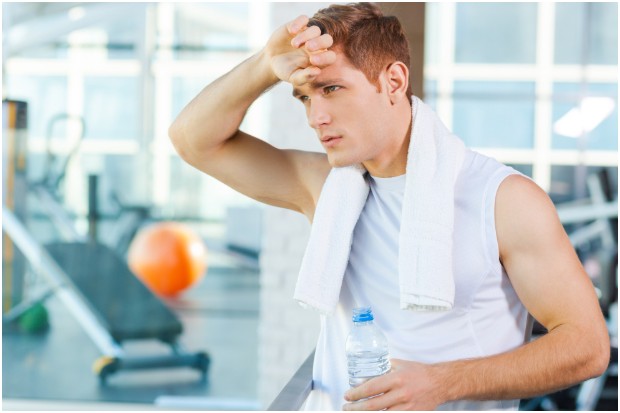
While sweat itself doesn’t burn calories, it’s still important to understand how to maximize your calorie-burning potential without overdoing it in the heat. Here’s how I make sure my workouts are effective:
Hydration is Key
Since sweating leads to water loss, staying hydrated is a must. Dehydration can hinder your performance and make you feel sluggish during workouts.
Drink plenty of water before, during, and after your workout to ensure that you’re staying hydrated and your body can effectively cool down.
Combine Cardio and Strength Training
Cardio exercises like running, cycling, or swimming can help you burn calories, but strength training is equally important.
Lifting weights helps build lean muscle, which increases your resting metabolic rate and helps you burn more calories even when you’re not working out.
Focus on High-Intensity Interval Training (HIIT)
HIIT workouts are known to be one of the best ways to burn calories in a short amount of time. These workouts alternate between high-intensity bursts of exercise and periods of rest, which keeps your body working hard and burns more calories during and after the workout.
Be Consistent
Consistency is key when it comes to burning calories and seeing results. Whether you’re sweating buckets or not, your body needs regular activity to keep burning calories and improving your fitness.
FAQ: Sweating and Weight Loss Questions Answered
Does sweating a lot mean I’m burning more calories?
Not necessarily. Sweating is your body’s way of cooling down, not an indicator of how many calories you’re burning. Intense exercise helps burn calories, not the amount of sweat you produce.
How can I burn more calories during my workout?
To burn more calories, focus on exercises that increase your heart rate, like cardio or HIIT, and incorporate strength training to build muscle. Both will help you burn more calories during and after your workout.
Is sweating more effective for weight loss?
Sweating itself doesn’t affect weight loss. What matters most is creating a calorie deficit—burning more calories than you consume. A consistent workout routine, healthy diet, and proper hydration are key.
Should I be concerned if I’m not sweating during my workout?
Not necessarily. Factors like temperature and intensity influence sweating, so it’s not always a sign that you’re working hard enough. Focus on intensity and consistency, and you’ll see results.
Sweat It Out, But Keep it Real
The bottom line: sweating does not burn calories. But that doesn’t mean you should ignore your sweat sessions! While it’s not a direct measure of how much fat you’re burning, sweating can still be a sign that you’re pushing yourself and working hard.
Combine sweat-worthy activities with strength training, hydration, and a balanced diet, and you’re well on your way to hitting your fitness goals. Stay consistent, listen to your body, and remember: it’s not about the sweat—it’s about the results.
So, the next time you step into the gym, remember that sweating is just a side effect of a good workout. Keep working hard and keep striving for progress!
